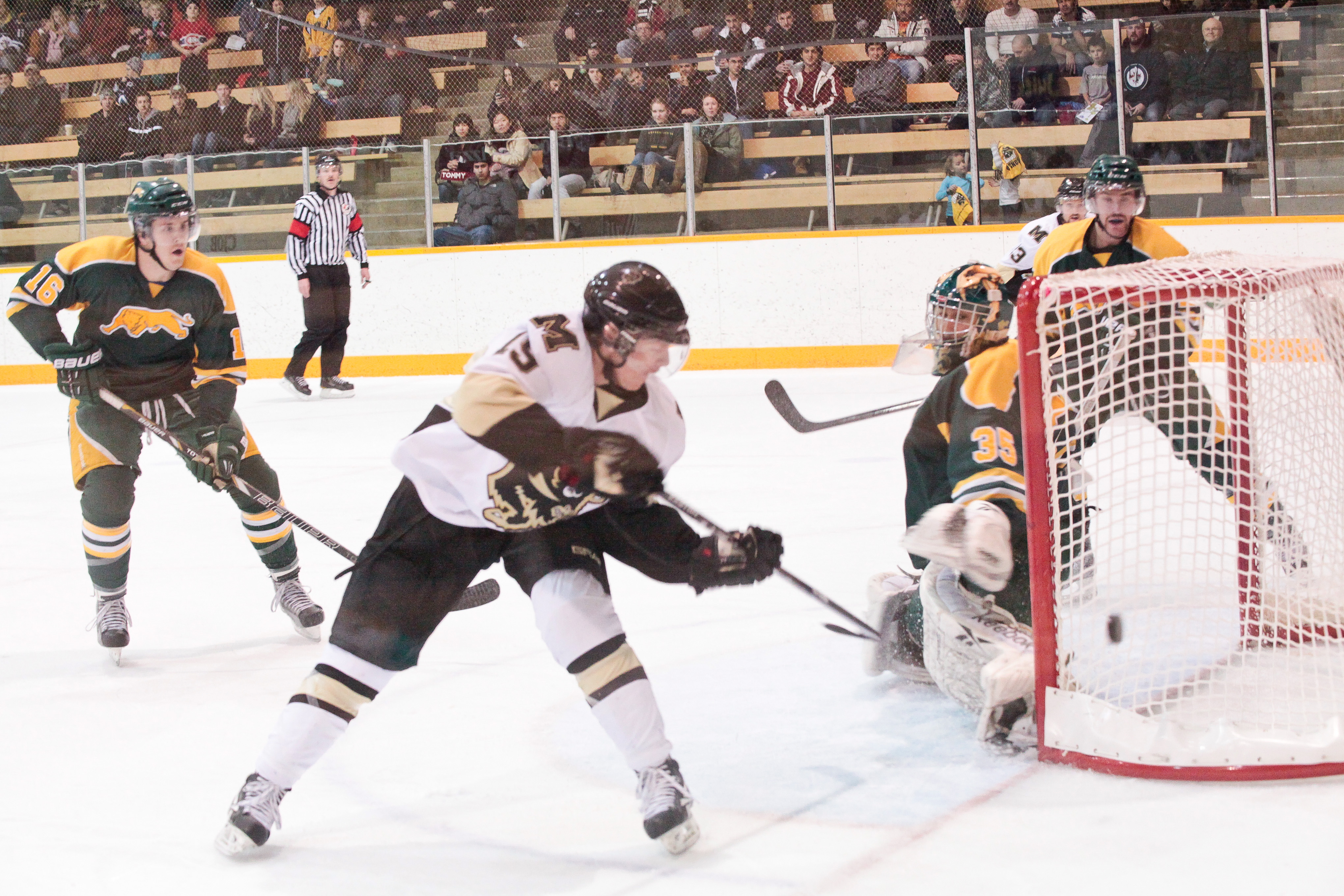Jan. 4 was an up-and-down day for hockey in Denmark and a possible indication of where hockey in that country may go in the next few years.
In the afternoon in Calgary, the Danish junior men’s hockey team had a chance to keep their berth in the World Junior Hockey Championships for another year. Unfortunately, Latvia scored in overtime to beat Denmark 2-1 and sent them down to Division I, the International Ice Hockey Federation’s second-tier of hockey countries.
Later that evening in Montreal, Canadiens forward Lars Eller, a native of Rodovre, a town located west of Copenhagen, scored four goals and an assist in the 7-3 blowout of the Winnipeg Jets.
Over the last few years, Denmark’s imprint on the hockey world, especially in the NHL, has flourished. Currently, there are six Danes playing in the NHL and in the past five years, three Danes were drafted in the first round of the NHL Entry Draft: Eller in 2007 by the St. Louis Blues, Mikkel Boedker by the Phoenix Coyotes in 2008 and Nicklas Jensen by the Vancouver Canucks last year. In 2010 Canuck Jannik Hansen became the first player from Denmark to play in a Stanley Cup Final.
The Danish hockey renaissance may have started with the team’s promotion to the 2003 World Hockey Championships, the first time they had qualified for the event since 1949. In their opening game, they stunned the hockey world by beating the United States 5-2 in their first ever World Championship win. Six days later, they tied Canada 2-2. By comparison, in the 1949 event, Canada defeated Denmark 47-0, the worst defeat in World Championship history.
The team finished in 11th place out of 16 teams in that event, avoiding the usual fate of relegation for recently promoted countries. Remarkably, they have qualified for the World Championships every year since 2003. However, they failed to qualify for the 2006 and 2010 Olympic Games and had not cracked the top ten in the World Championships until 2010. That year, they defeated the United States, Finland and Slovakia on their way to a quarterfinals berth, the first in Denmark’s history, and an eighth-place finish.
Bisons men’s hockey head coach Mike Sirant was the head coach and sports director for Denmark at the 2007 and 2008 World Championships. He says that Denmark’s rise to hockey’s top ranks is surprising, but it is still developing. “Denmark is a small country with only 23 rinks. The fact that they are in the ‘A’ pool and producing NHL players is impressive. There are certain clubs in the country that are producing young players.
“There’s been no expansion in the number of rinks, but I see (hockey) continuing to develop (in Denmark).”
The lack of quality in Denmark’s top national leagues compared to the top hockey countries has caused Danish hockey players to move elsewhere to further their careers. Every current Danish NHLer has played hockey in Sweden before playing in the NHL but, according to Sirant, players like Boedker and Jensen are now choosing to play junior hockey in Canada. “In 2007, we decided to take the [Danish] under-18 team to the Mac’s hockey tournament in Calgary so that they would have an understanding of the playing style and passion for hockey in Canada. After that, Mikkel Boedker chose to play for the Kitchener Rangers. We were looking to adopt the Hockey Canada model and that’s another reason for Denmark’s development.”
Despite some problems facing Denmark’s hockey program, it is meeting with success. The increase in Danish players being drafted and playing in the NHL is beneficial, but there is room for improvement. More resources are definitely needed for Denmark to become a major hockey power, but success may breed opportunity and more opportunities may be in store for its young players.
“The Denmark Ice Hockey Union wants to help the (national) team qualify for the 2014 Olympics,” says Sirant.
Right now, they are closer than ever before.




